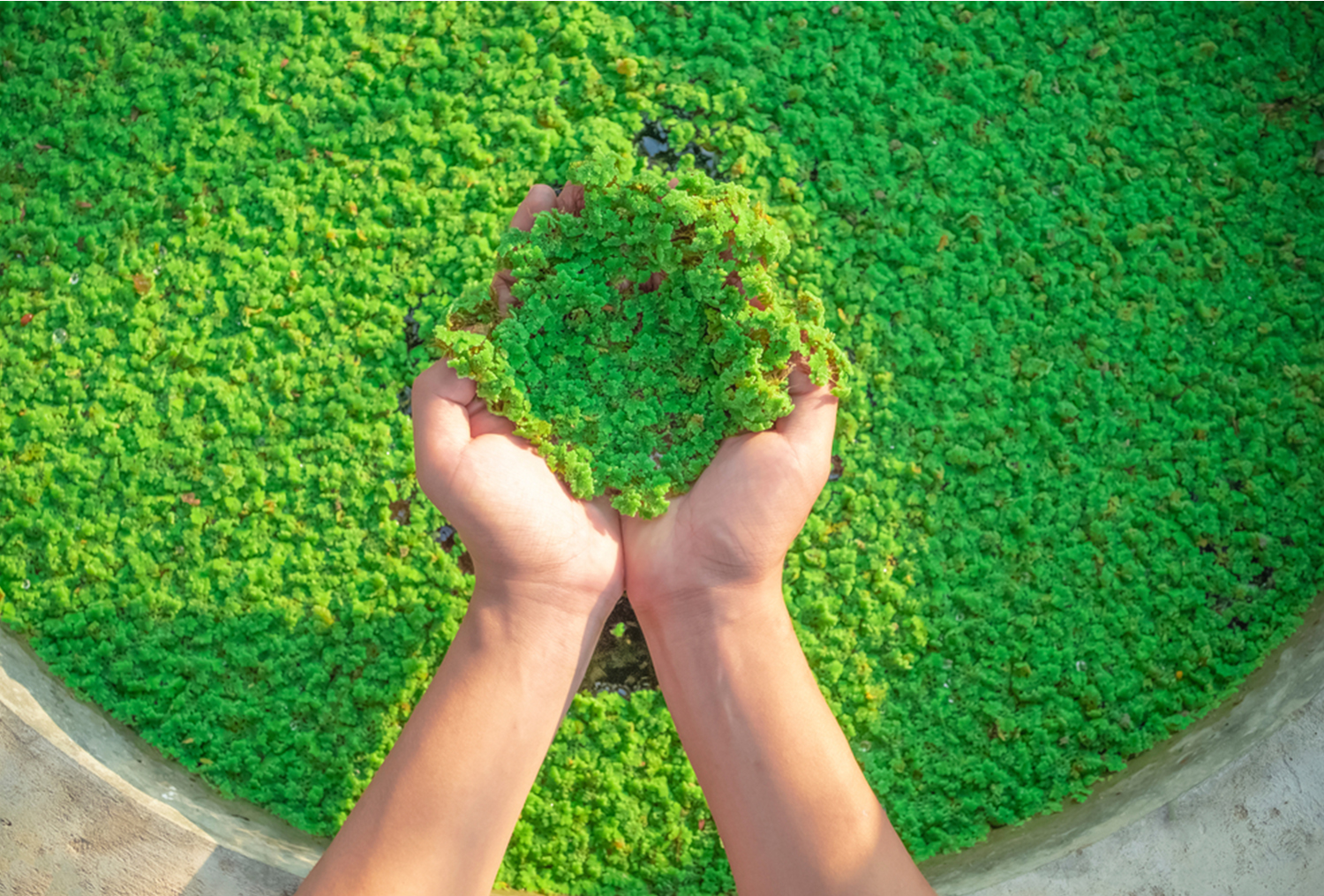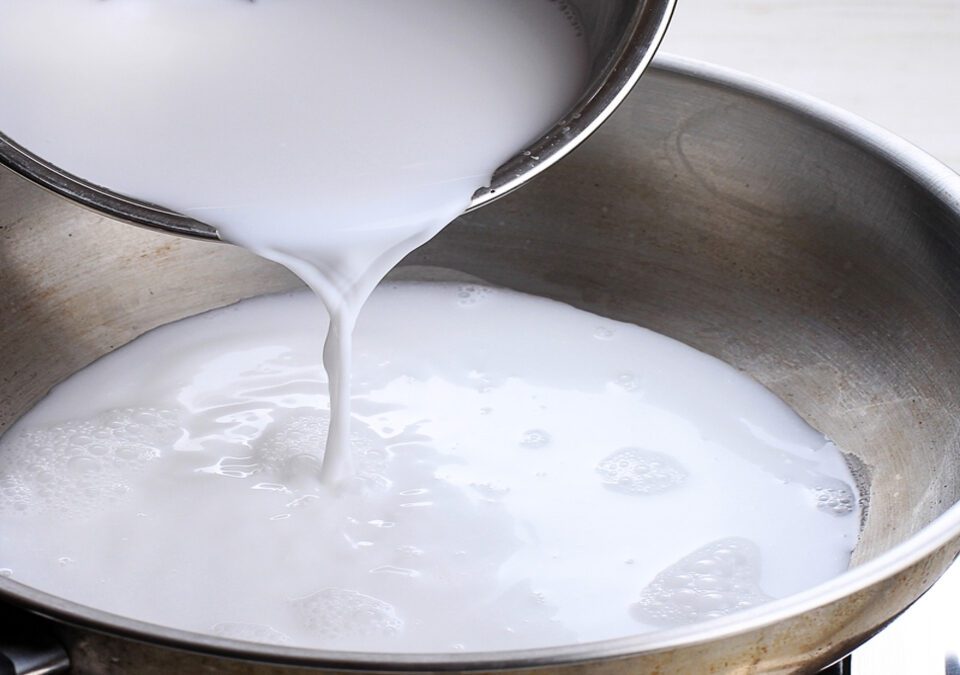
Camping at Sids Farm – Weekend outing from Hyderabad
June 22, 2021
5 Simple Home Tests to check adulterated milk
April 14, 2023Azolla – A super plant for Indian dairy farmers
The humble Azolla is a feed super-supplement for cattle and India is fast waking up to the wonders it is bringing about with regard to milk production. Sustainable agriculture is the need of the hour and natural but effective farming techniques like including Azolla in livestock feed are gaining popularity. While India tops the chart in the list of the world’s largest milk producers, still our dairy farmers struggle with the shortage of fodder for its livestock. The easy accessibility of the natural sources of cattle feed with balanced nutrition is a farmer’s challenge that led to the use of readymade commercial feed and concentrates increasing the cost of milk production in India. The search for a cost-effective alternative to green fodder and concentrates has been taken up in a big way by agriculturists and dairy farmers in the past decades. In this process, Azolla was identified as an ideal substitute, a biofertilizer for wetland rice paddy which can also be used as a non-conventional and cheaper feed source for cattle, fish, pig and poultry.
Also known as Mosquito fern, belonging to the Azollaceae family, is a free-floating, fast, and naturally growing fern on the water surface most commonly in the stagnant water of drains, canals, ponds, rivers, and marshy lands. The fern Azolla, hosts a symbiotic blue-green algae Anabaena azollae, which is responsible for the fixation and assimilation of atmospheric nitrogen. This super plant is known for its nutritive value containing high crude protein (above 20 %), almost all the essential amino acids and minerals like iron, calcium, magnesium, phosphorus, copper, and manganese with significant quantities of vitamin A and vitamin B12, bio-polymers, beta carotene and presence of many probiotic. Out of all, the most common species available in India is Azolla piñnata, producing excellent quality of protein up to 4 to 5 times in comparison to lucern and hybrid Napier. Research has revealed that the quality of milk has improved with an increase in milk production by 10-12% when azolla is used as a feed supplement for cattle. Hence, it is not surprising to find azolla to be a very nutritive and cheap organic feed substitute for dairy cattle that adds up value in the form of output to the farmers. Easily digestible fresh azolla can be directly given or mixed up with the commercial feed in equal quantities to livestock.
Water, partial sunlight (25-30%, shaded) and warm temperate and tropical climate (optimum temperature 20° C to 30° C) are the ideal conditions for the growth and propagation of these aquatic ferns. Cultivating azolla on the farmer’s premises, farming land, or rooftops (in the rainy season) is an easy and cheap technology. This can be easily achieved by maintaining adequate water level (minimum of 4 inches) in natural or manmade ponds or low-cost brick/concrete or earthen tanks with soil, cow dung, and superphosphate sources. These rapid-growing plants are ready for daily harvest within a few weeks. The expenditure of constructing or preparing the pond is nominal which is highly compensated by the net profit from the extra milk yield and reduced usage of commercial concentrates fed to the livestock. The above-mentioned biochemical constitution along with the rapid multiplication rate makes azolla an ideal organic feed substitute for livestock.
Thus, azolla is the most promising plant used as cattle feed in a cost-effective manner i.e. ideal for small and marginal farmers due to its ease of cultivation, productivity, and nutritive value.
At the top of the food chain, we have also been shifting to more of grass-based food like rice & wheat as staples rather than plant-based food. Milk, being a complete food, could fulfill several dietary needs. Adding Azolla and other plant-based feed apart from grass to the diet of cattle ensures that the milk our family consumes every day is loaded with all necessary nutrients and more. This would also significantly improve the use of agricultural land since dairy farmers may need to use lesser land for grass-growing activities. While the world is turning to mindful eating, one must also recognize the contribution of such introductions in dairy farming.



